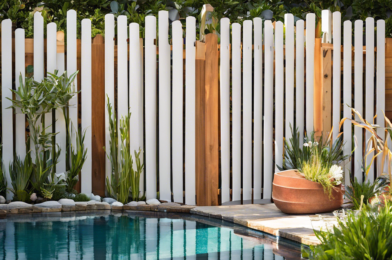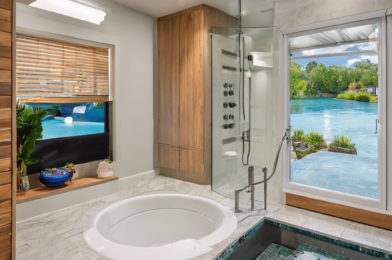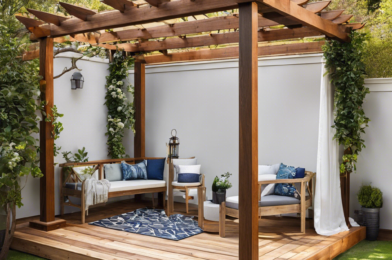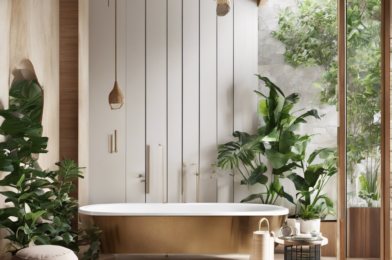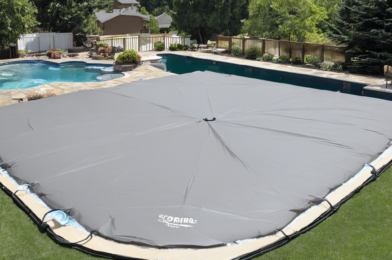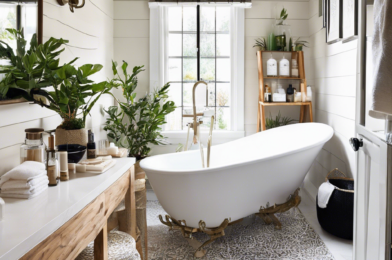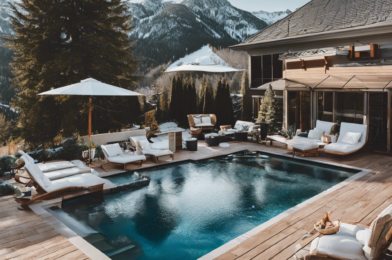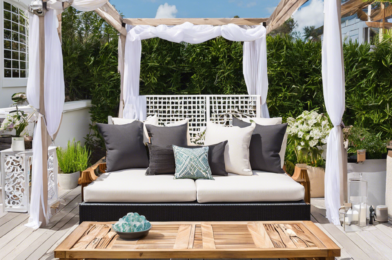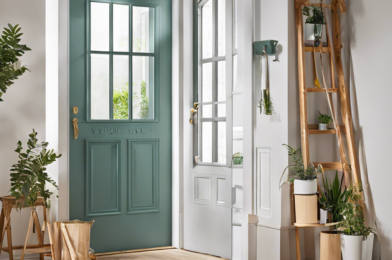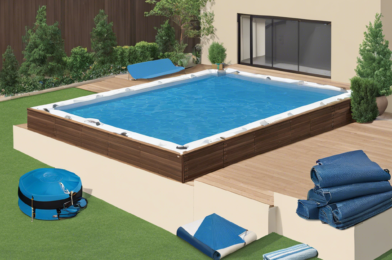Are you a homeowner dreaming of transforming your outdoor pool area into a private oasis? Adding fencing around your pool not only provides much-needed privacy but also enhances the aesthetic appeal of your outdoor space. While store-bought fencing can be expensive and may not fit your unique style, DIY fencing offers a cost-effective and custom solution. Get ready to dive into some creative ideas to build your own pool fencing that will make a splash in your backyard!
When it comes to DIY fencing, the options are limited only by your imagination and creativity. For a rustic and natural look, consider using bamboo or reed fencing. These materials are lightweight, easy to install, and provide a beautiful, organic screen. You can attach bamboo panels to wooden posts for a sturdy barrier, or simply roll out reed fencing for a quick and flexible solution. The natural textures and colors will add a serene ambiance to your poolside retreat.
If you’re a fan of upcycling and repurposing, why not turn old doors into a one-of-a-kind fence? Salvaged doors can be painted, decorated, or left in their original state to create a quirky, eclectic vibe. Hang the doors from a sturdy frame or connect them with hinges to create a folding screen that can be adjusted for different levels of privacy. This unique approach will undoubtedly spark conversations and become a talking point among your guests.
Another innovative idea is using lattice panels to construct a fence. Lattice provides a semi-private barrier while allowing sunlight and airflow to pass through. You can train vines or climbing plants to grow on the lattice, creating a lush, green wall of privacy. This living fence will evolve and change with the seasons, offering a dynamic and eco-friendly solution.
